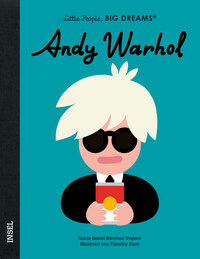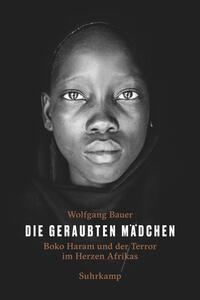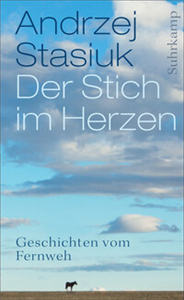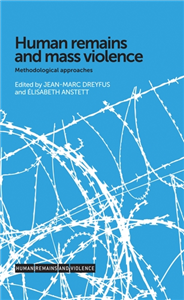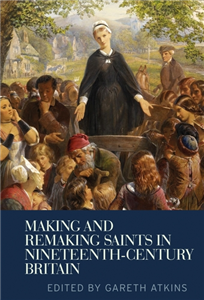Literature: history & criticism
July 2000
An interdisciplinary anthology
The first anthology of its kind, this timely collection brings together a diverse range of black British literatures, essays and documents from across the post-war period within a single volume.. Spanning half a century, this rich archive of representations includes South Asian, African and Caribbean cultural production by both leading and lesser-known artists, critics and commentators:. Sam Selvon Salman Rushdie George Lamming
Hanif Kureishi Stuart Hall Linton Kwesi Johnson
Caryl Phillips Paul Gilroy Meera Syal
Kobena Mercer James Berry E. R. Braithwaite
Wilson Harris Farrukh Dhondy V. S. Naipaul
Ben Okri Wole Soyinka Hazel Carby
Kamau Braithwaite Isaac Julien C. L. R. James
Dick Hebdige A. Sivanandan Buchi Emecheta
Louise Bennett Grace Nichols Jackie Kay. Directed at a truly interdisciplinary market, accommodating popular and 'high' cultural materials from across the disciplines of literature, film, photography, history, sociology, politics, Marxism, feminism, cultural and communications studies.. Situated and contextualised within accessible historical and cultural frameworks and incorporating lucid introductions, a detailed chronology and extensive bibliography.








